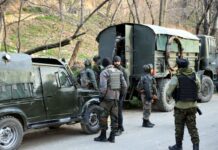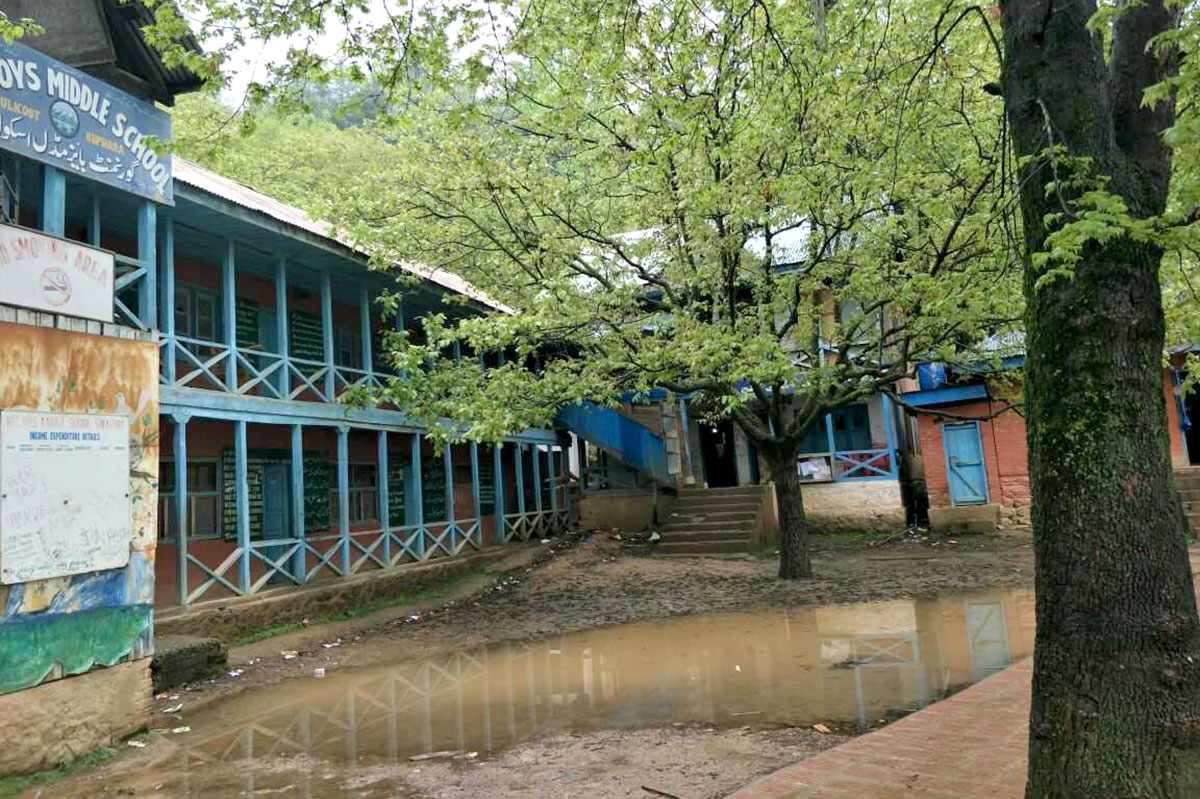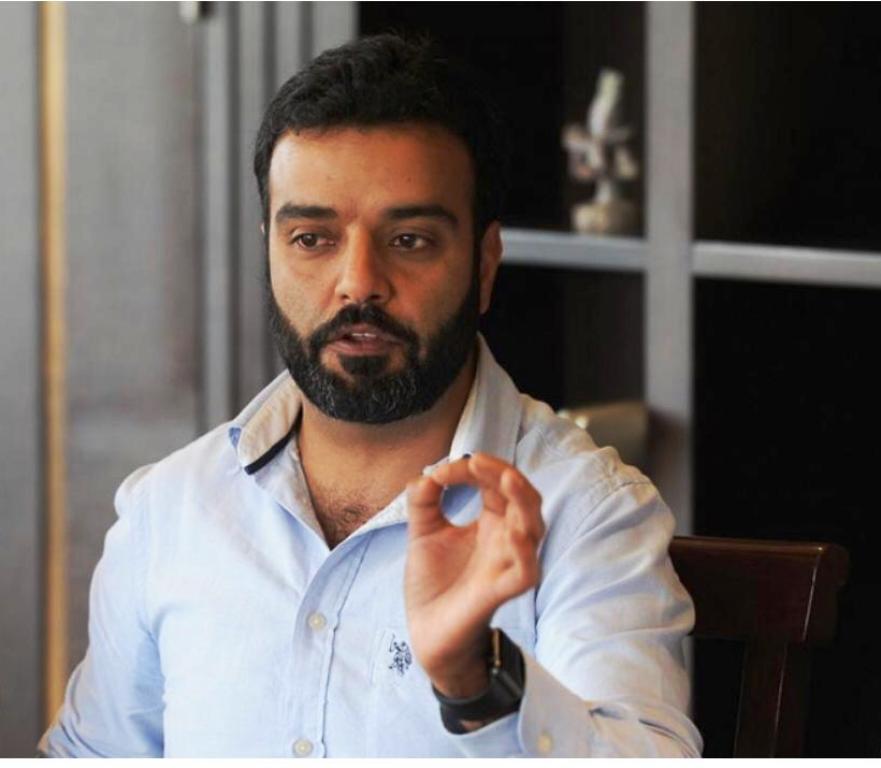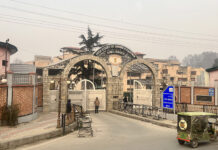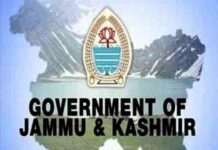KL NEWS NETWORK
SRINAGAR
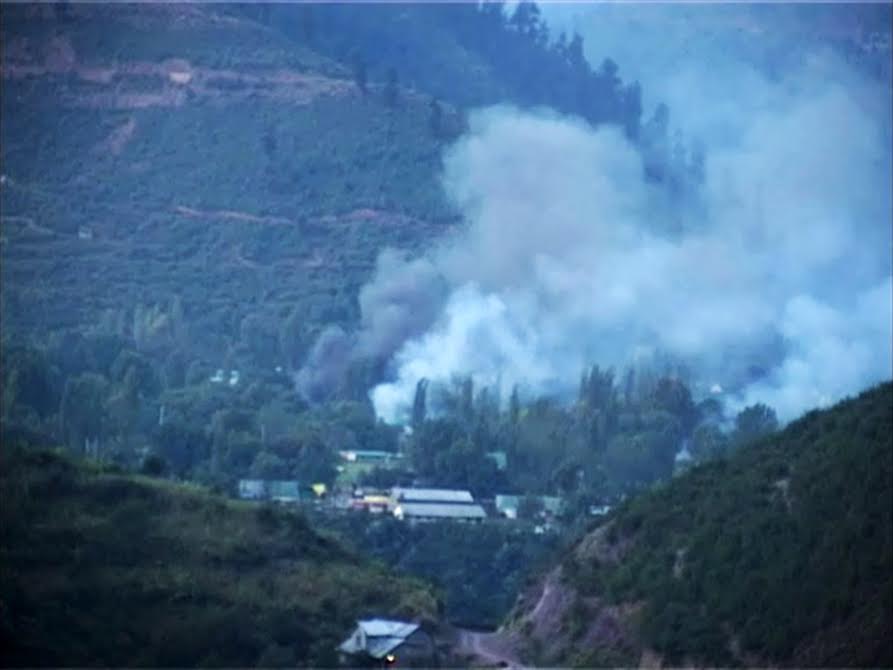
The “attack” suggesting as many as 10 Pakistani militants were killed in a retaliatory and punitive action by the army has become more mysterious. Some politicians have started cracking jokes which may eventually lead to a policy shift as far as media coverage of defence related issues is concerned.
During wee hours on September 18, defence sources said a number of militants attacked its Uri base triggering a clash. By around 8:30 am, 17 soldiers and two militants were dead. There were around 29 other ranks who were injured and flown to 92-base hospital in Srinagar. Another soldier who was flown to New Delhi for treatment succumbed next day.
The attack triggered massive media reaction, pushing the government to get aggressive. With war clouds hovering, a TV channel flew at least two additional reporters from Delhi to assist its lone correspondent in Srinagar. For a moment, war was round the corner. Top officials in government insisted they will retaliate.
A day later, there was a report that 10 militants were killed in one action in the same Uri sector. The report suggested that they actually foiled a bid of infiltration. They indicated the operation was still in progress.
However, Kashmir Life could not get any confirmation of the incident or the casualties involved, either from police or from the armed forces.

On Thursday the web portal, The Quint, flashed that Indian army soldiers did a surgical operation across the Line of Control (LoC) and killed at least 20 militants and left 200 others injured. It said they re-verified the story thrice.
Its details suggested that “two units of the elite 2 Paras comprising 18-20 soldiers flew across the LoC in the Uri sector in military helicopters and carried out an operation that killed at least 20 suspected terrorists across three terror camps in Pakistan administered Kashmir (PaK).”

Seemingly, the story invited the attention of Omar Abdullah, J&K’s former Chief Minister. Full of wit and humour, the techie politician set off a series of tweets which conveyed many things in one shot.

“So it seems our special forces crossed the LoC, destroyed some terrorist training camps & came back unscathed. Pray tell why is Pak silent?” Omar said in his first reaction.
“I get that we don’t want to pat ourselves on the back but why is Pakistan not raising hell over the incursion? Do they know, we were there?” he said in the next one.
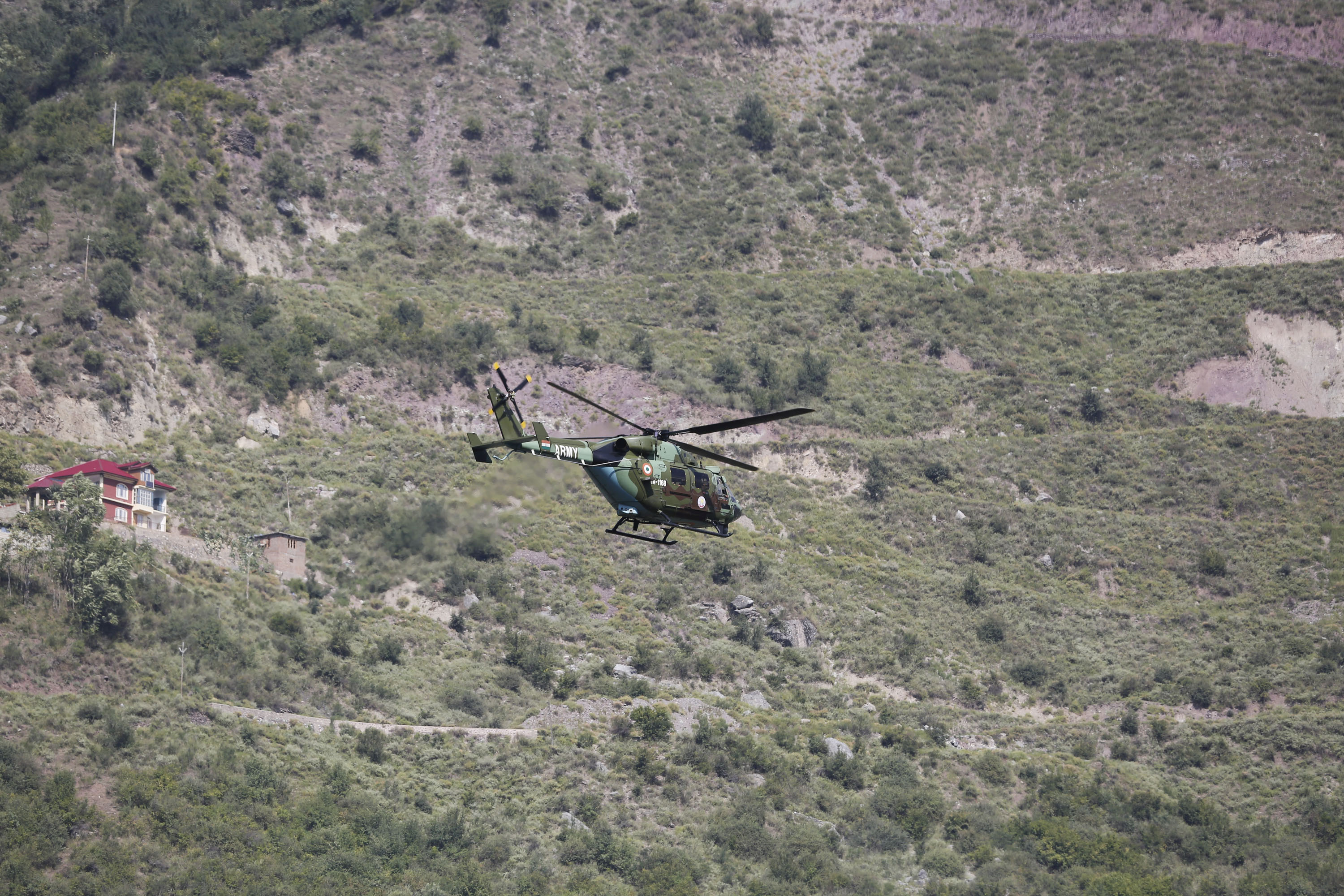
Interestingly, some “pictures” had appeared on social media showing soldiers in action and dead. “Cue the photographs, suitably pixelated, of the strike team so that we can all re-tweet them & revel in the euphoria of a job well done,” Omar wrote in yet another tweet.
“This has to be the first of its kind of surgical strike where the striker isn’t ready to claim glory & the target doesn’t know it was hit,” concluded Omar his reaction on twitter.

Interestingly, the contradictory versions of Uri attack in media have upset the ministry of defence (MoD). It has told editors to ‘recheck’ their facts before publishing copies related with defence.
A Delhi based news portal, The Wire quoted MoD saying: “All contents relating to the Indian Army, irrespective of ‘source’ of inputs, and intended to be published, should be pre-verified from the offices of media centres in commands & corps HQ or from this office through your defence correspondents.”
The order was in response of a news story published on September 21, which refuted the claim made by Lt Gen Ranbir Singh, director general of military operations, that the weapons recovered from the four slain militants who killed 18 Indian soldiers at Uri on September 18 bore Pakistani “markings”.
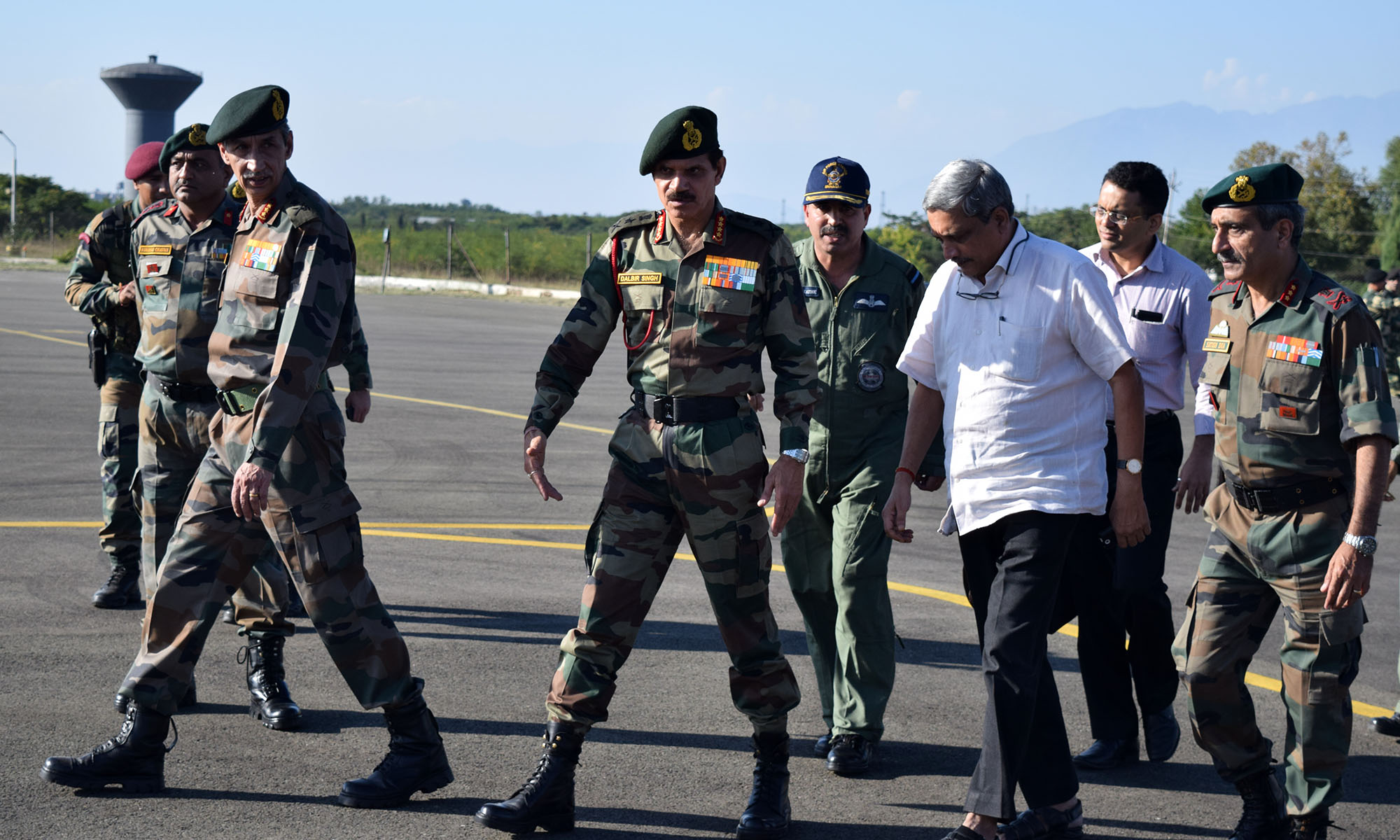
“Four Kalashnikov rifles used by the terrorists, and handed over by the military to investigators on Monday, bore no markings or insignia of any kind, sources familiar with the on-going investigation said,” The Indian Express had reported. “There were also no military markings on barrel-fired grenades destroyed by the Army Monday, or on launchers fitted on the Kalashnikovs.”
Newspapers and TV channels also aired the same news for almost a day. After MoD, almost 24 hours, said it had never made such claims, it wanted newspaper to “publish an errata and apology for having published a report full of falsehood.”
After The Wire carried the MoD caution, The Indian Express said it stands by its story and it was published after being confirmed at the highest level in NIA, the agency that is probing the Uri attacks.

Interestingly, the rush-hour investigating team of NIA sent to frontier Uri for brisk fact-finding in the attacks has apparently ruled out, so far, the notoriously famous “Pakistani hand” behind the attack.
The attack came almost six fortnights of the Kashmir unrest ahead of the India-Pakistan showdown in New York where UN general assembly is in session.
Apparently, based on the pattern of the Fidayeen attack, both army and media claimed that the attack was the handiwork of Masood Azhar’s Jaish-e-Mohammad—accused of triggering such attack earlier as well. But NIA has not been able to vindicate the South Block and Delhi media fully. It has encouraged Pakistan dare say Delhi to hold International probe into the attack.
NIA, however, has said that the various materials like syringes, painkillers, food packets that slain four militants were carrying had been manufactured in Pakistan thus linking the attackers to that country. “All groups infiltrating from Pakistan carry this kind of kit,” an NIA official reportedly said, “so it doesn’t tell us anything very specific.”

Army is said to have recovered an ICom-manufactured handset — a similar one found in possession of Bahadur Ali, a Pakistani arrested in July. “The device had been used to contact banned group Lashkar-e-Toiba’s control station,” the NIA official quoted by Delhi-based newspaper said. “However, the ICom device doesn’t ensure that the terrorists were from the LeT group.”
The NIA probe has so far revealed that the most of the fatalities took place in the army base’s cook-house and store room, which were locked and burned down with soldiers inside. The agency also said it believed that the four militants spent at least a day in the mountains to observe the brigade headquarters complex before launching the attack. They first shot a sentry then headed to the tents and then the officer’s mess. NIA has concluded that this can’t be possible without a thorough recce on “inside guidance”.
NIA has collected samples of a “particular kind” of gun powder that is believed to have been sprinkled by the militants setting the barracks on fire. The samples, sources said, were sent to a laboratory for chemical and ballistic analysis.
In Delhi, South Block summoned Pakistan Envoy, Abdul Basit.
Foreign Secretary S Jaishankar told Pakistan High Commissioner Abdul Basit that India had recovered several items from the slain militants — GPS, grenades with “Pakistani markings”, communication equipment, food, medicines and clothes made in Pakistan.
He said Delhi was ready to provide fingerprints and DNA samples of the slain militants in Uri and Poonch if Islamabad “wishes to investigate these cross-border attacks”.
Though the Srinagar based media corps has visited Uri twice, on the day of the attack and a day later when reports of punitive attack appeared, they have not been briefed by anybody, so far.
The only thing they have been able to cover is the smouldering army base and choppers flying in and out. The only information that was made available to them was that the base was overcrowded because a unit had arrived to replace the incumbent one.



